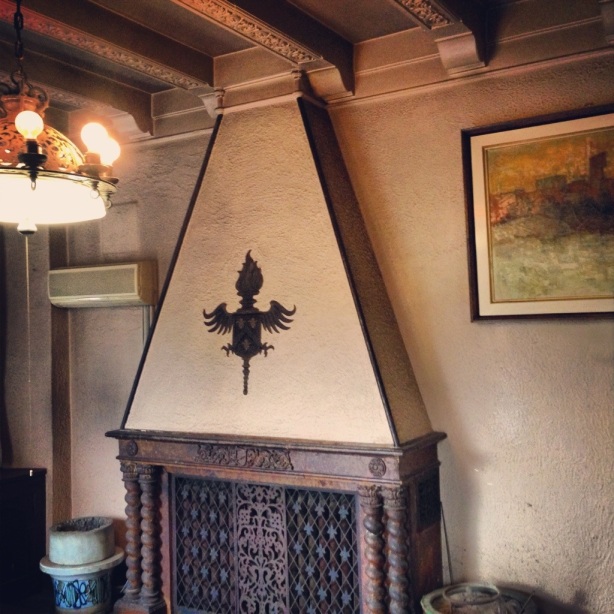By Austin Smith.

Tokushima was one of a number of Japanese cities bombed during a major assault which coincided with American Independence Day. The bombing began on the evening of 3rd July 1945 and continued throughout the night. Sixty-two percent of the city was hit by incendiary bombs from B29 bombers. Approximately one thousand people died and about two thousand were injured.
The Tokushima Air Raids Exhibition is a small photographic collection which is exhibited every July to mark the anniversary of this event. The exhibition is held in the former Takahara Building, a western-style building that survived the bombing. It stands on the banks of the Shinmachi River and the room in which the exhibition is held retains the original windows which were cracked on that night. The photographs in the collection span the twentieth century history of Tokushima City, including pre-war, wartime and post-war images.
The Tokushima Air Raids Digital Archive was launched in 2013 and is available all year round. I have written English explanations for the collection to coincide with the 2014 exhibition and to make the modern history of Tokushima accessible to a wider audience for years to come.
Every effort has been made to retain the essence of the original Japanese text and all of the information provided. Some contextual information has been added to aid understanding for the foreign reader. The responsibility for any in-accuracies is entirely my own.
Here are some of my favourite images from the collection along with their English explanations (these images are courtesy of the Tokushima Prefectural Archive) –

This photograph shows a line of Awa Odori dancers passing over the Shinmachi Bridge. Bon Odori was re-branded as “Awa Odori” by the Tourist Association of Tokushima in 1932 to promote the event nationally as a tourist attraction.

There was almost nothing left of the Sako Otani area. Yet, surrounded by the misery of war, an elderly couple relax in an open-air bath. Beautiful colours usually grace Sakoyama in spring but this wartime scene is desolate.

The famous dance festival which had been suspended during the war years was restored in 1946. This is a scene from that time, in front of Tokushima City Hall. The presence of occupying soldiers watching is a symbol of the post-war era.















